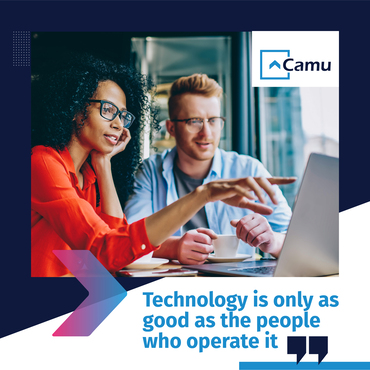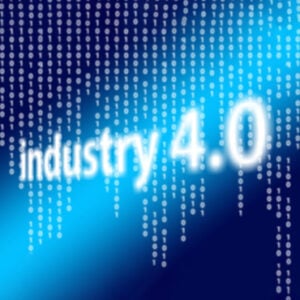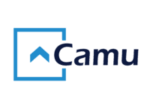
Technology Is Only as Good as The People Who Operate It
It would be extremely bizarre to imagine the world, as we know it, without the presence of technology. In reality, this practiced science is entwined in almost every aspect of our lives, personal and professional. And increasingly so, it is becoming the backbone of the education sector. The enabler. The facilitator. The medium through which knowledge is generated and ideas are exchanged. Yes, our schools, colleges, and universities are not only deploying technology into the classroom but taking the classroom into the virtual environment as well!
Edu-tech grants students the ability to interact with their classmates and instructors more constructively give faculty members the appropriate platform to develop their student’s digital citizenship skills transforms the learning experience through collaboration and flexibility, and creates new windows of opportunities for all stakeholders during times of peril, among other benefits.
That being said, technology integration brings with it its own set of challenges, as expected. Firstly, institutions may regard it as more of a burden rather than a strategic learning tool. Secondly, some may wish to incorporate it, but their network infrastructure and budget may not be capable of, or conducive to, properly supporting the system. Thirdly, academicians may lack the skills and proficiency to successfully navigate the tools. Fourthly, there may be indifference towards adopting newer models and platforms i.e., resistance to change due to an inherent traditionalist attitude.
Whatever the case may be, is it safe to say that digital transformation is less about technology and more about the ability of people to leverage it effectively and efficiently?
Soft Skills Supporting Software
In the quest to become digitally empowered, institutions must remember to place equal emphasis on the training of staff as on the technology itself. Simply put, focusing on the people who will be interacting with the systems, platforms, software and tools.
You may have the infrastructure in place, but what is most valuable is the competency of users. And we don’t just mean the hard skills such as being computer savvy or having Microsoft excel acumen; we are referring to the soft skills that comprise of communication, logical thinking, assessment, evaluation, consulting, organisation, innovation, commitment, vision and coordination.
It is the combination of both that truly allows technology to become limitless!
Let’s take a look at how education institutions can aptly prepare for digital transformation.
Success Solutions
Now that we’ve identified the dire need for synergy between technology and its users, here are some handy tips for universities to follow. Investing in the right solution for your institution is critical, but there are other factors to pay heed to.
- Hire, train and build on personnel through an efficient, digitally-driven learning program. It’s imperative that they lead the transformation!
- Onboard students effectively through a digitally-driven learning program. Consider disparate student groups and demographic backgrounds.
- Empower all stakeholders to go through the stages of awareness, understanding, practice, and usage, for a smooth technical transition.
- Develop a systematic, measurable and goal-oriented digital transformation strategy. Leadership combined with a step-by-step action plan achieves maximum success.
- Integrate and optimize on data sources. All categories of student-led information must be stored, transmitted, and analyzed as fast and as effectively as possible.
Now, technology can be as simple or as complex as you make it out to be. Do not be afraid of the science, rather embrace its immense capabilities, with the proper guidance and support. We, at Camu, will show you how.







